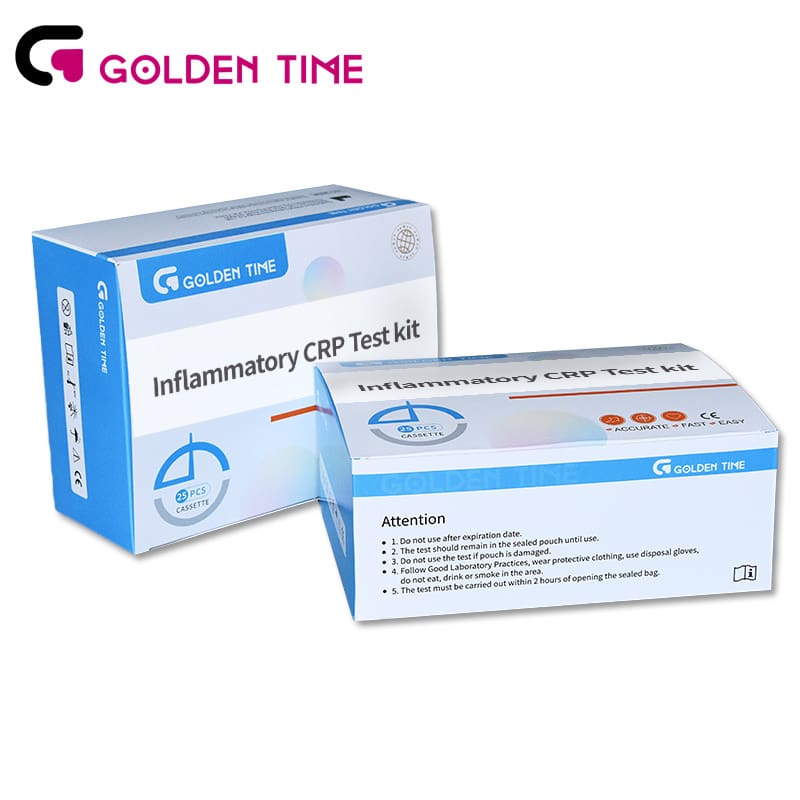Nov . 12, 2024 01:49 Back to list
best malaria test price
Understanding the Cost of the Best Malaria Test Ensuring Effective Diagnosis and Treatment
Malaria remains one of the most significant public health challenges in many parts of the world, particularly in sub-Saharan Africa, Southeast Asia, and parts of Latin America. The disease, transmitted through the bites of infected female Anopheles mosquitoes, continues to threaten millions of lives annually. As we seek to combat malaria effectively, accurate and timely diagnosis becomes essential. This raises an important question what is the best malaria test, and what can we expect in terms of its price and accessibility?
The Importance of Accurate Malaria Testing
The first line of defense against malaria is proper diagnosis. Malaria presents with symptoms similar to those of other diseases, including fever, chills, and flu-like illness, which can lead to misdiagnoses if not tested appropriately. Therefore, reliable diagnostic tests are crucial. They help determine the presence of the Plasmodium parasite, which causes malaria, and influence the treatment course that a patient might require.
Currently, several diagnostic methods are utilized to confirm malaria infections. The most common include
1. Microscopic Examination This traditional method involves the visualization of malaria parasites in blood smears. While it is reliable and can detect low levels of parasitemia, it requires trained personnel and time.
2. Rapid Diagnostic Tests (RDTs) These tests have gained popularity due to their ease of use, speed, and ability to be deployed in various settings, including remote areas. RDTs detect specific antigens produced by malaria parasites, providing results within minutes.
3. Molecular Tests These advanced tests, such as Polymerase Chain Reaction (PCR), are more sensitive and can detect malaria at lower levels. However, they are more expensive and usually reserved for complicated cases or research settings.
Cost Factors of Malaria Tests
The cost of malaria tests can significantly affect their accessibility, particularly in low-resource settings. The price for a rapid diagnostic test (RDT) can range from $1 to $5 per test, depending on the brand, quality, and the purchasing agreements in place. While this may seem modest, the cumulative costs can become significant, especially in regions with high transmission rates of malaria where mass testing is necessary.
best malaria test price

The Total Cost of Malaria Testing
When considering the best malaria test, it is essential to look beyond just the price of the tests themselves. Various factors contribute to the total cost of malaria testing, including
1. Training and Labor Costs Even the best test will need to be administered and interpreted by skilled healthcare workers. Training programs and salaries must be factored into overall expenses.
2. Infrastructure and Logistics Ensuring that tests are readily available in remote areas involves logistics, including storage conditions (some RDTs need to be kept at specific temperatures), and supply chain management.
3. Healthcare System Limits The overall health system’s capacity, including access to treatment following a positive test result, influences the effectiveness of testing strategies. A test is only beneficial if treatment is available and accessible.
4. Community Awareness and Engagement Investment in community education can help improve testing uptake and ensure that individuals seek testing when experiencing symptoms. This requires additional funding and resources.
Looking Ahead Reducing Costs and Improving Access
Various organizations, including the World Health Organization (WHO), are striving to improve access to malaria testing and treatment, especially in endemic regions. Efforts are being made to subsidize the cost of RDTs and provide training for healthcare professionals. Research continues into developing even more effective tests that are cheaper and easier to use.
In conclusion, while the best malaria test may have a specific price tag, it's essential to consider the broader context of its implementation. A multifaceted approach involving training, infrastructure investment, and community engagement is crucial to enhancing the effectiveness of malaria diagnosis. By working collaboratively across sectors—as governments, NGOs, and communities—we can ensure that accurate malaria testing becomes both affordable and widely accessible, ultimately saving lives and reducing the burden of this preventable disease.
-
Reliable Early Pregnancy Test Kit Supplier - Multi Plastic Cassette Options
NewsJul.30,2025
-
Transferrin Rapid Test Cassette – Reliable Tumor Marker Detection
NewsJul.29,2025
-
Accurate Follicle Stimulating Hormone Test Kit | Rapid Reliable Results
NewsJul.29,2025
-
High Accuracy LH Ovulation Test Kit - Digital Results & Wholesale Options
NewsJul.29,2025
-
HbsAg Blood Rapid Test Kit for Fast & Accurate Hepatitis B Detection
NewsJul.28,2025
-
Sterile Urine Cup for Safe & Easy Collection | High-Quality Specimen Cups
NewsJul.28,2025

